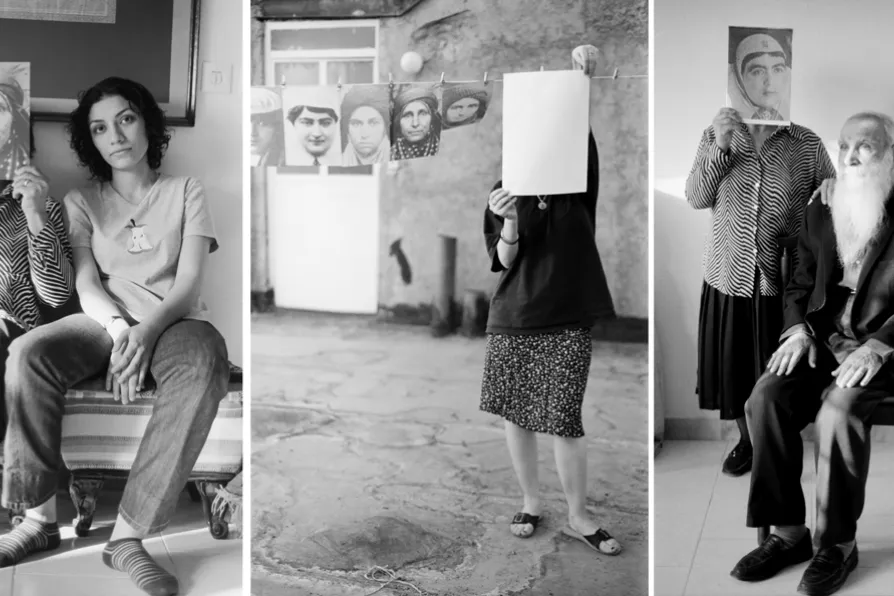RICHARD MURGATROYD enjoys a readable account of the life and meditations of one of the few Roman emperors with a good reputation

 Zanjir by Amak Mahmoodian
Zanjir by Amak Mahmoodian
ZANJIR in Farsi literally means “chain.” But it can also have the sense of “paired/coupled” and that distinction is particularly significant in understanding Amak Mahmoodian’s photographic compositions.
In some, Mahmoodian’s female relatives obscure their faces with photographs that she has dug up at the Golestan archives in Tehran of kings’ wives, harem women and their relatives from the time of the Qajar dynasty which lasted from 1781 to 1925.
These are some of the earliest images of Iranian photography and, by altering the true identities of the subjects, Mahmoodian creates a kind of time machine that links the past with the present and future over considerable expanses of time and space.

KEVIN DONNELLY accepts the invitation to think speculatively in contemplation of representations of people of African descent in our cultural heritage

ANGUS REID calls for artists and curators to play their part with political and historical responsibility












